Salzburg is so ridiculously pretty, it’s sometimes hard to take it seriously. Standing on the ramparts of its knights-in-armour castle, surrounded by snowcapped mountains, admiring the delicate cluster of domes and spires and turrets below, you can’t help thinking, ‘Is this for real?’ Well, yes and no. Salzburg is absurdly beautiful — the baroque architecture, the Alpine scenery — but what’s most intriguing is its sense of theatre, the way it’s adapted to fit the fantasies of millions of foreign visitors like me.
Salzburg’s biggest draw is Mozart — a wunderkind who personifies the city’s clever blend of fact and fiction. Yes, he grew up here and left his footprints all over town — from the robust house where he was born, now an atmospheric museum, to the ornate church where he worshipped, where you can hear his haunting Requiem. His pensive face stares out from the window of every souvenir shop as you tramp the alleys of the Altstadt, worn smooth by generations of sightseers. You’d never guess he was (literally) kicked out of his day job, as organ master to Salzburg’s archbishop (or ‘arch-oaf’ as Mozart called him) and wrote his greatest hits in Vienna.
It took Salzburg quite a while to wake up to Mozart’s marketing potential (the statue on Mozartplatz was finally erected more than 50 years after he died) but since then it’s been busy making up for lost time. Now his image adorns every conceivable tourist knickknack — even the airport bears his name. It’s richly ironic, considering Salzburg treated him like a lowly servant when he lived here. No wonder he couldn’t wait to leave.
Another musical phenomenon which took Salzburg by surprise was The Sound of Music. The film flopped in Austria and remained virtually unknown here until the coach parties started coming. Nowadays, you can visit loads of postcard locations from that schmaltzy movie, from the Mirabell Gardens (‘Do Re Mi’) to Hellbrunn Palace (‘I am Sixteen, Going on Seventeen’). Terrific fun, if you leave your critical faculties at the door.
The real von Trapp family sang at the Salzburg Festival, an annual institution since 1920. Every summer, for six weeks, the entire city becomes a stage. The highlight is Hugo von Hofmannstahl’s Jedermann (‘Everyman’), a modern mystery play performed in the Cathedral Square every year. The Blaue Gans is the best place to stay, a chic hotel in a medieval building in the Altstadt. The Hotel Auersperg in the Neustadt is a homely respite from the crowds.
If you can’t get tickets for the festival, don’t worry — Salzburg is a spectacle at any time of year. Advent is magical, with Christmas markets and carol singing — ‘Silent Night’ was written here. The man who wrote it, Josef Mohr, was born here, on Steingasse, the bastard son of a poor spinner and an absent soldier. Today Steingasse is fashionable, but it used to be the red light district.
How typical of Salzburg that it should spawn such a lovely lullaby with such a dark backstory. It’s this contrast between surface and substance, between appearance and reality, which makes this palatial, parochial city more than just a pretty face.
Got something to add? Join the discussion and comment below.
Get 10 issues for just $10
Subscribe to The Spectator Australia today for the next 10 magazine issues, plus full online access, for just $10.
You might disagree with half of it, but you’ll enjoy reading all of it. Try your first month for free, then just $2 a week for the remainder of your first year.

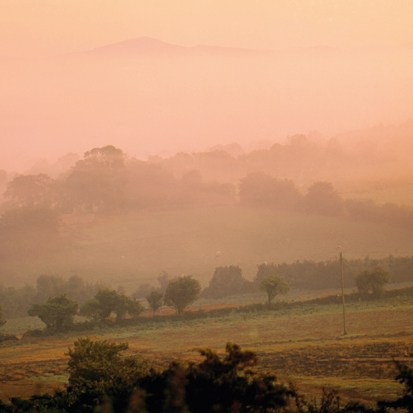
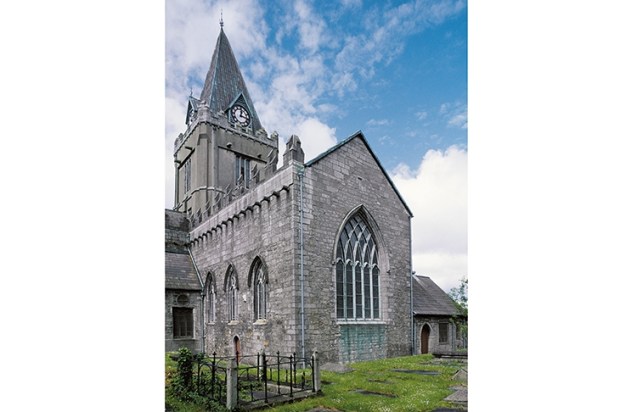
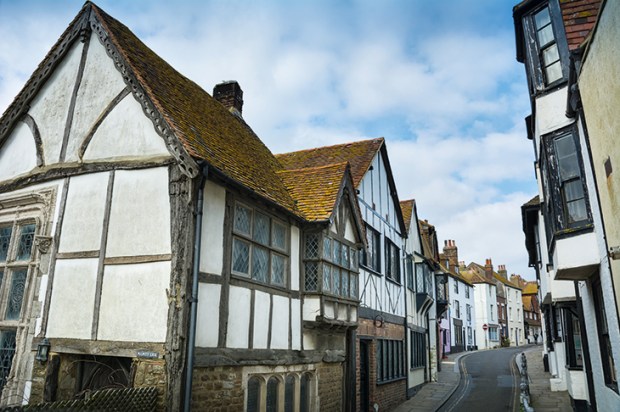
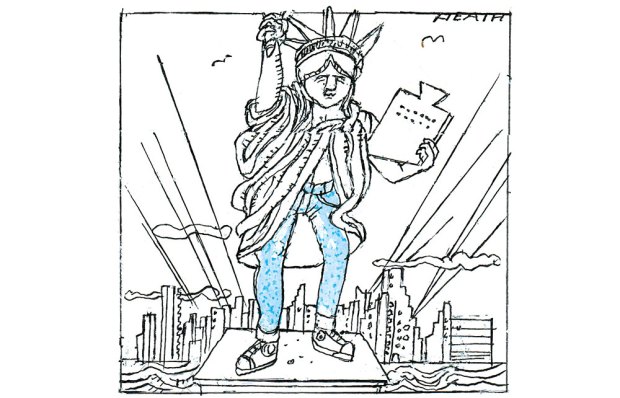


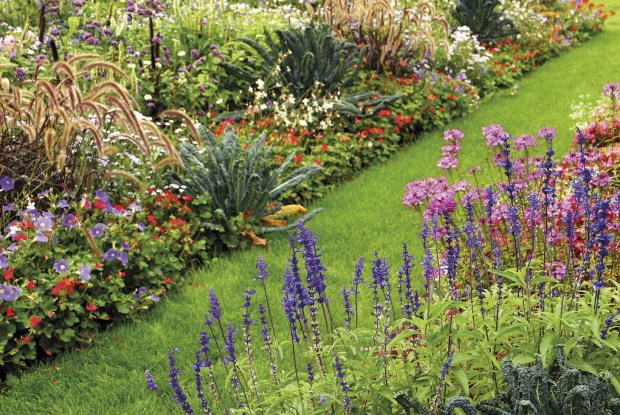






Comments
Don't miss out
Join the conversation with other Spectator Australia readers. Subscribe to leave a comment.
SUBSCRIBEAlready a subscriber? Log in